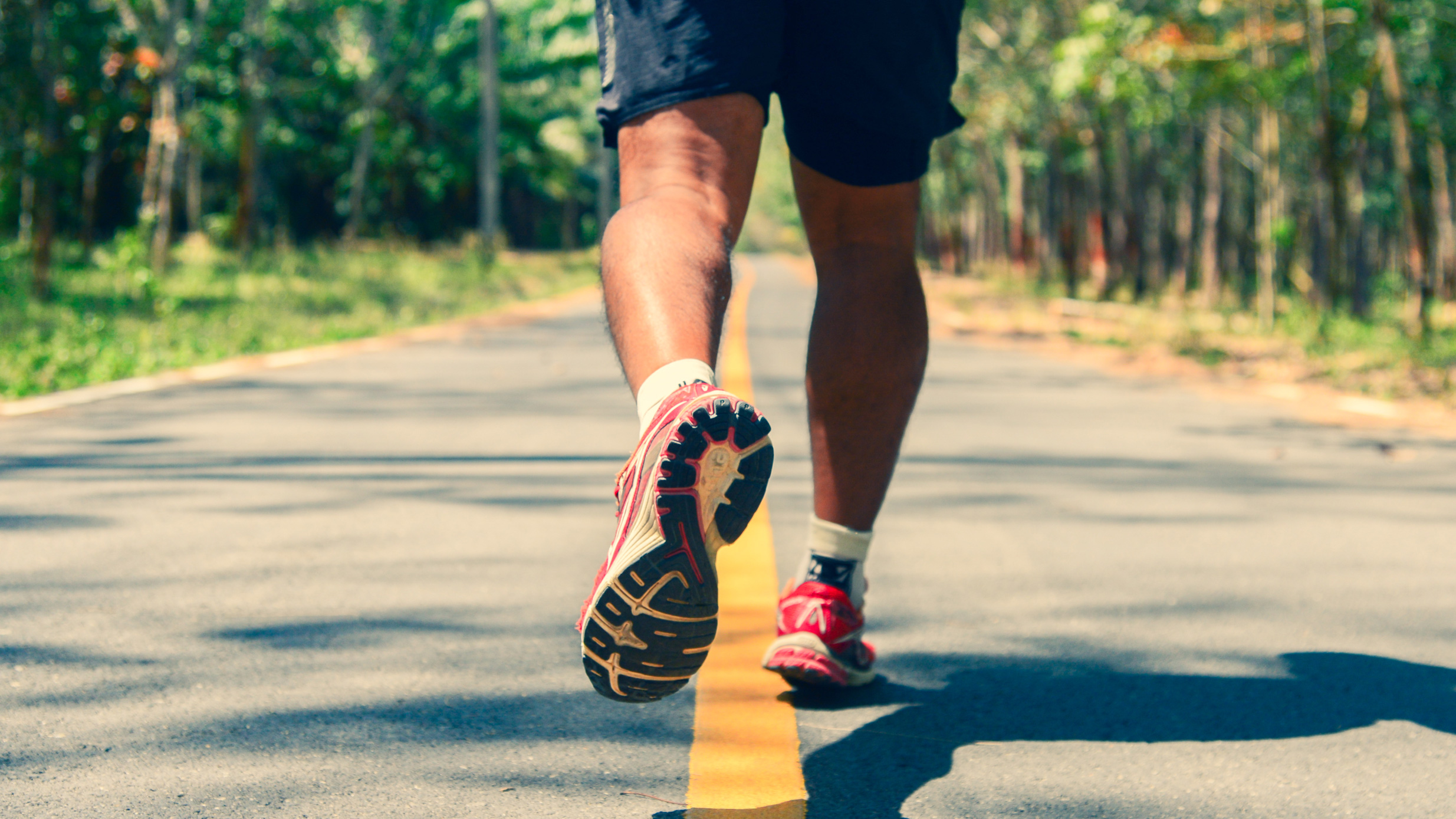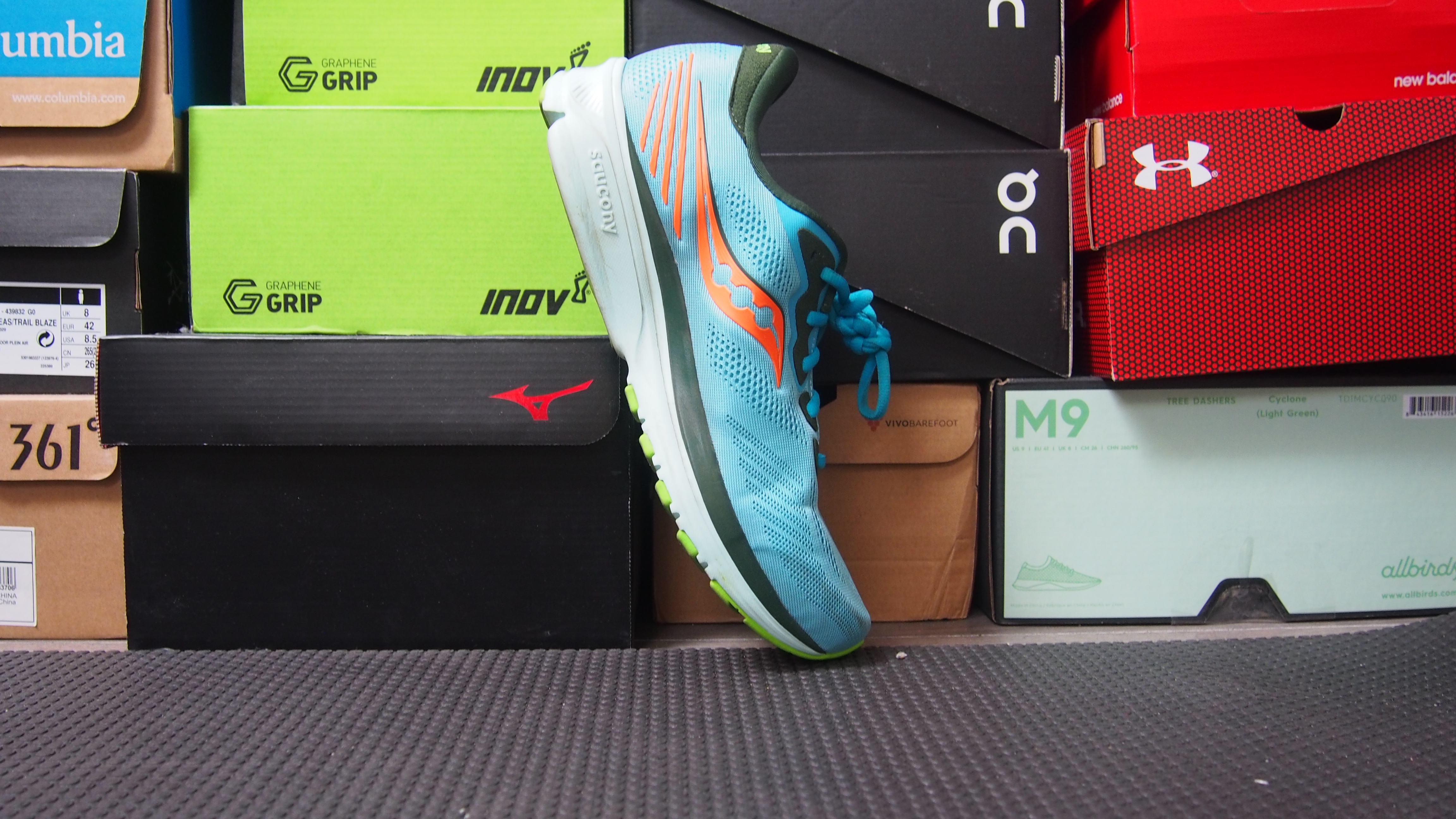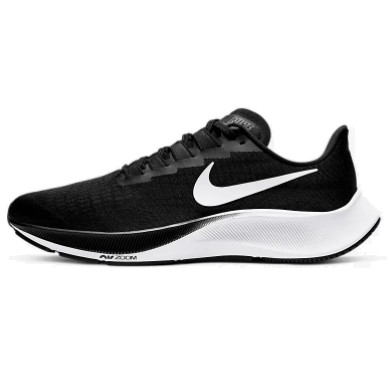How to get great cheap running shoes for under $100
Shop the best deals for your heels

It’s often said that running is a cheap way to get fit. All you need are some comfortable clothes, an open road, maybe some headphones… and a pair of running shoes.
This last part is the kicker, as many of the best road running shoes and best trail running shoes are prohibitively expensive, often costing up to $200 or more. Having good running shoes is, of course, a necessity: running shoes not only help you go faster, improving your form and helping you use less energy, but make the act of running itself more comfortable. In addition, running shoes are engineered for stability and to cushion your feet on landing, saving your joints from repeated impact.
Even if you did invest in a great pair a year or 18 months ago, running shoes accumulate wear and tear after a lot of miles. Some more minimalist running shoes begin to wear thin after 200 miles, while other more durable pairs can withstand 400 miles or more. Unlike a dog, a pair of running shoes isn’t for life.
Whether you’re stepping into your running shoes for the first time, or you need a great replacement for your well-loved favorite pair, the ever-increasing cost of living can make us loathe to spend $200 or more on a top-flight running shoe. Fortunately, unless you’re a truly elite athlete looking for every edge you can get, you’ll be able to pick up a perfectly good running shoe on the cheap.

Prioritize what you want in a running shoe
First and foremost, you’ll want to think about what you want most in a running shoe. If you’re a newcomer to running and it’s your first real running shoe purchase, you’ll want to consider the basics: are you running on the road, or on rough terrain? Do you want a slimmer, lighter shoe that will weigh less, or a thick, heavy shoe with lots of cushioning that will last a long time? Our guide on how to choose the right running shoe for you can help.
A good idea is to head to a running shoe store (many of them have treadmills) and try a few on. Once you find a style you’re comfortable in, you’ll be able to grab something for under $100 to suit your needs fairly easily, as you don’t need any special features to help you run long distances or for improve race performance just yet.
If you're not able to try shoes out, the next best thing is to check out user reviews for a ‘workhorse’ shoe like the Nike Air Zoom Pegasus 38, which is a great shoe for beginners and which can be frequently found on sale for $90 or less on the Nike website.
Get daily insight, inspiration and deals in your inbox
Sign up for breaking news, reviews, opinion, top tech deals, and more.
For more experienced runners, you may already know and like a particular style of shoe. You might not be able to get everything you want out of a shoe if you’re looking for sub-$100 sneakers, so it’s a good idea to prioritize. If you love your current pair of lightweight shoes, for example, you know to look for a similar weight.
If your last pair of shoes had a slender 4mm heel-to-toe drop, you’ll know to look for a similar style when selecting your shoe.

Don't be afraid to look for older models...
If you’re not too worried about having cutting-edge running technology, it’s a great idea to look at the most popular shoes right now, and work backwards. Most running shoe lines get minor updates every year, such as redesigned uppers or small changes in the heel width, so buying a one- or two-year-old shoe will still get you many of the same benefits as the latest model.
For example, the Adidas Ultraboost 22 is a well-known and pretty popular mid-range shoe right now, retailing for around $150 in the US at the time of writing. Consequently, retailers are now slashing the prices of the Ultraboost 21 in order to get rid of their excess stock. You can frequently find the Ultraboost 21, which is still a perfectly usable shoe, on sale for around $70, more than half its original price.
It’s not like buying a phone, computer, tablet, or another piece of digital technology that tends to have a ticking clock of relevancy due to software evolving alongside hardware: running shoes are an analog purchase. A quality pair will always be comfortable, responsive and protect your joints, so feel free to scour the deals and buy slightly older models to save money.

...but make sure you buy new
Whatever you do, though, don’t buy used running shoes. As mentioned above, running shoes have a shelf-life, with some wearing out after 200 miles or so. The more those running shoes have been used, the less useful to you they become. You might be able to find pre-owned running shoes very cheaply, like other shoes or clothes that can be shopped second-hand, but unless they’ve never been worn they’re unlikely to last you very long. It’s much better to buy new, so that you get the maximum bang for your buck.
Likewise, it's best not to buy untested, off-brand shoes you’ve never heard of in an attempt to save money, in the way you might do with other clothes. Think of a pair of running shoes as being more like a car: they’ve been engineered to support and protect your joints at high speeds, so buy from a trusted brand. Nike, Asics, Saucony, Adidas, HOKA, Under Armour, Merrell… a quick Google search should bring up hundreds of hands-on running shoe reviews from reputable sites (like ours). If you can’t find any information about a brand, don’t buy the shoe.
Finally, check out deals events such as Amazon Prime Day or Black Friday. You’ll frequently find deals on name-brand running shoes that will allow you to buy them at a discount. And keep Google alerts handy for popular mid-range running shoe names like 'Saucony Ride 14', in order to find the best discounts.

Matt is TechRadar's expert on all things fitness, wellness and wearable tech.
A former staffer at Men's Health, he holds a Master's Degree in journalism from Cardiff and has written for brands like Runner's World, Women's Health, Men's Fitness, LiveScience and Fit&Well on everything fitness tech, exercise, nutrition and mental wellbeing.
Matt's a keen runner, ex-kickboxer, not averse to the odd yoga flow, and insists everyone should stretch every morning. When he’s not training or writing about health and fitness, he can be found reading doorstop-thick fantasy books with lots of fictional maps in them.